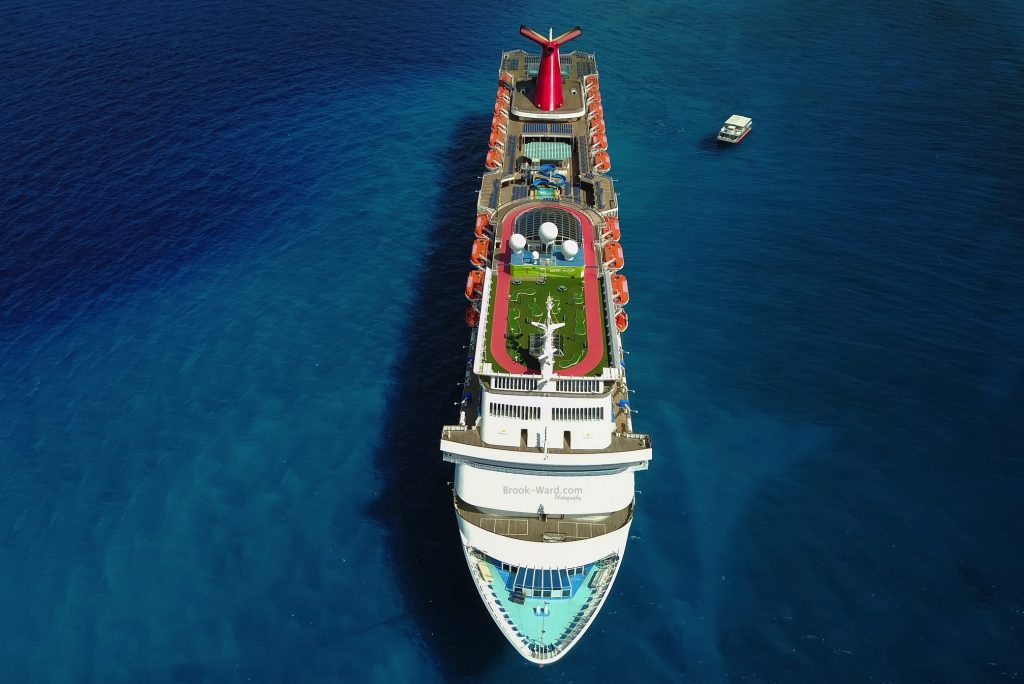Cruising's Pollution Problem Won't Be Solved Any Time Soon

Skift Take
Cruise ships are giant floating hotels with shopping malls and casinos inside. The industry has made progress on sustainability, but much more needs to be done as consumer habits shift toward more sustainable vacation options.
In the age of climate change, travel companies around the world have worked hard to position themselves as not just environmentally sustainable but concerned with the well-being of locals in the places they ferry travelers to.
Cruising, however, remains one of the most popular forms of group vacations for travelers in North America despite its lack of sustainability bonafides.
Carnival Corp. released its annual sustainability report earlier this week on the heels of a ruling from the U.S. government regarding probation based on excessive pollution on Princess Cruise Line vessels.
The document, full of warm graphics and testimonials from Carnival's global partners, is designed to obscure the reality that the world's biggest cruise company hasn't been able to make important strides in reducing its environmental footprint. At most, the cruise line has been able to add to its fleet without increasing the burden it puts on the environment.
Nestled toward the end of the report are the tables featuring the cruise line's audited emissions inventory and sustainability data.
Here is a breakdown from the three major global cruise lines in terms of greenhouse gas emissions. Royal Caribbean Cruises hasn't yet released its 2018 sustainability report and Norwegian Cruise Line doesn't release its numbers, instead choosing to present annual percentage reductions in
